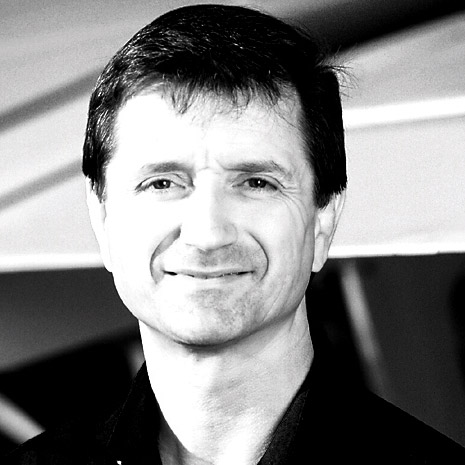
Believe it or not, I do remember being a primary flight student. I was 17, and still making the transitition from the high jinks of high school to the seriousness of college.
 Have you ever had a student behave in a way that simply defies explanation? If so, here’s a bit of news regarding these strange behaviors: They aren’t always so strange to the student performing them.
Have you ever had a student behave in a way that simply defies explanation? If so, here’s a bit of news regarding these strange behaviors: They aren’t always so strange to the student performing them.
While conducting a flight review with one applicant, I noticed that he would turn base relatively close to the runway without reducing power. He was consistently high on each of his four landing approaches. I asked him a few probing questions and discovered the reason for his reluctance to reduce power. Early in his flight training someone told him that it was a failure of airmanship to reduce power, only to have to add it again to make the glide to the runway. He kept the airplane high to avoid failure. Voilà, sense was made out of nonsense. What may appear strange or dysfunctional to you is perfectly logical behavior to the person performing it.
I recall another pilot who would consistently overshoot his altitude by 150 feet during instrument flight training. After the first lesson I began thinking that there was more to his behavior than just sloppiness of technique. I finally discovered that he was overshooting his altitude so he could get up on the “step,” in hopes of gaining a bit of extra airspeed in cruise. It took a bit of ground instruction to disabuse him of the notion of the “step” and get his behavior to change.
Don’t be clueless. Take the time to dig, prod, and poke around when students behave in unusual or peculiar ways. There is often a logical (to the person doing it) reason for the behavior. Understanding the reason will make you a better teacher.
Related Articles
 Have you ever had a student behave in a way that simply defies explanation? If so, here’s a bit of news regarding these strange behaviors: They aren’t always so strange to the student performing them.
Have you ever had a student behave in a way that simply defies explanation? If so, here’s a bit of news regarding these strange behaviors: They aren’t always so strange to the student performing them.
While conducting a flight review with one applicant, I noticed that he would turn base relatively close to the runway without reducing power. He was consistently high on each of his four landing approaches. I asked him a few probing questions and discovered the reason for his reluctance to reduce power. Early in his flight training someone told him that it was a failure of airmanship to reduce power, only to have to add it again to make the glide to the runway. He kept the airplane high to avoid failure. Voilà, sense was made out of nonsense. What may appear strange or dysfunctional to you is perfectly logical behavior to the person performing it.
I recall another pilot who would consistently overshoot his altitude by 150 feet during instrument flight training. After the first lesson I began thinking that there was more to his behavior than just sloppiness of technique. I finally discovered that he was overshooting his altitude so he could get up on the “step,” in hopes of gaining a bit of extra airspeed in cruise. It took a bit of ground instruction to disabuse him of the notion of the “step” and get his behavior to change.
Don’t be clueless. Take the time to dig, prod, and poke around when students behave in unusual or peculiar ways. There is often a logical (to the person doing it) reason for the behavior. Understanding the reason will make you a better teacher.



